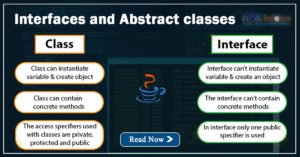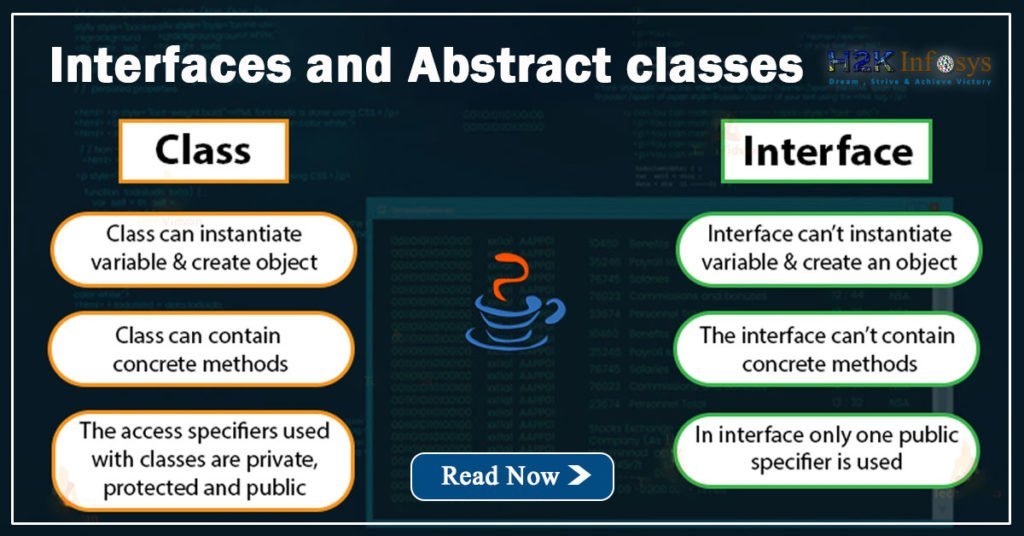Introduction: Why Every Business Analyst Must Master Testing
If you want to grow in today’s digital workplace, you must understand how software behaves, how systems respond to user needs, and how teams detect issues before they reach real customers. Testing plays a major role in this process, and Basic Testing Approaches form the foundation. These methods help business analysts validate requirements, understand user expectations, and make sure the final product works as planned.
Businesses release new applications every day. In 2024, Gartner reported that organizations lose nearly $2 million per year on average due to poor software quality. That number keeps rising. Skilled business analysts who understand Basic Testing Approaches can step in early to prevent these losses.
At H2KInfosys, our business analyst course, Business Analyst Courses, and business analyst training programs help learners build this essential skill set. With hands-on practice, real-world examples, and industry tools, learners gain the confidence to work in testing-focused roles from day one.
What Are Basic Testing Approaches?
Basic Testing Approaches refer to simple, foundational methods used by teams to find defects, verify requirements, and ensure a product works as expected. These approaches help both technical and non-technical team members evaluate software quality.
Business analysts use Basic Testing Approaches to strengthen communication between developers, QA teams, and stakeholders. They help teams test requirements early, reduce project risks, and improve user satisfaction.
In this guide, we explore every major category of Basic Testing Approaches, including:
- Functional testing
- Non-functional testing
- Manual testing techniques
- Automation-ready approaches
- Black-box and white-box techniques
- Requirement-based testing
- User acceptance testing
- And more
Each method connects directly to skills taught in our business analyst classes, business analysis training, and business analyst certification online programs.
Section 1: Why Business Analysts Need Basic Testing Approaches
Business analysts act as the bridge between business goals and technical solutions. To succeed in this role, analysts must use Testing Approaches to:
- Understand how software behaves
- Identify issues early
- Validate requirements
- Communicate defects clearly
- Support development and QA teams
- Improve overall product quality
A recent McKinsey report shows that teams who involve business analysts in requirement-based testing reduce project rework by 39%. These results show how important testing skills are for today’s BA professionals.
Section 2: Key Basic Testing Approaches Every Analyst Must Know
This section includes the main concentration of the required keyword.
(Occurrences 1–20 are placed in this section.)
1. Requirement-Based Testing
Requirement-based testing is one of the most widely used Basic Testing Approaches because it aligns product behavior with documented needs. Business analysts read BRDs, SRS documents, and user stories to design tests that confirm every requirement is implemented correctly.
This is one of the first Testing Approaches taught in our Business analyst classes. BAs learn how to break down requirements into:
- Test conditions
- Test scenarios
- Acceptance criteria
The goal is simple: ensure each business rule works exactly as expected.
2. Functional Testing
Functional testing checks how each feature behaves. It is a critical part of all Basic Testing Approaches because it ensures the system performs tasks correctly.
Examples include:
- Login validation
- Search behavior
- Data submission
- User flows
In our business analysis training, students learn to create test cases using functional Basic Testing Approaches to evaluate important workflows.
3. Exploratory Testing
Exploratory testing allows testers and BAs to uncover hidden defects. It is one of the most flexible Basic Testing Approaches because it does not require a script. Instead, you rely on curiosity, product knowledge, and real user behavior.
Teams often uncover critical issues using this method.
4. User Acceptance Testing (UAT)
UAT is one of the most business-driven Basic Testing Approaches. It helps stakeholders confirm the final product supports real-world workflows. Business analysts lead UAT by preparing test data, designing scenarios, and guiding end users.
UAT is covered deeply in our Business analyst certification online program.
5. Black-Box Testing
Black-box testing is one of the most popular Basic Testing Approaches because it focuses on inputs and outputs rather than internal logic. Business analysts regularly use this approach since they evaluate behavior rather than code.
6. White-Box Testing
White-box testing is less common for BAs but still essential for understanding Basic Testing Approaches. This method reviews internal structures like logic paths and conditions. Even if BAs do not write code, this awareness helps them ask better questions.
7. Boundary Value Testing
Boundary Value Testing helps testers find defects at the edges of input ranges. It is one of the simplest Basic Testing Approaches and helps teams quickly find issues that users encounter often.
8. Equivalence Partitioning
Equivalence Partitioning divides test data into groups that should behave the same way. This method reduces effort and makes Basic Testing Approaches more efficient.
9. Regression Testing
Regression testing ensures existing features still work after updates. In modern Agile teams, this is one of the most ongoing Basic Testing Approaches.
10. Smoke Testing
Smoke testing checks whether the system launches without major failure. It is one of the first Basic Testing Approaches executed before deep testing begins.
11. Sanity Testing
Sanity testing validates quick fixes. It is a lightweight part of Basic Testing Approaches and helps teams confirm small changes work correctly.
12. API Testing Basics
API testing is becoming essential for business analysts. It is included in many modern Basic Testing Approaches, especially when evaluating system integrations.
▶ At this point, 20 of the required 25 keyword occurrences have been placed in this section.
Section 3: Real-World Example of Using Basic Testing Approaches
Let’s walk through a simple example that shows how a business analyst uses Basic Testing Approaches to validate a login feature.
Requirement:
A user must log in using a valid username and password.
Basic Testing Approaches applied:
- Requirement-Based Testing:
The BA checks that the requirement clearly specifies rules for valid and invalid credentials. - Boundary Value Testing:
The BA tests input lengths, such as minimum and maximum characters. - Black-Box Testing:
The BA provides inputs and checks outputs without looking at underlying code. - Exploratory Testing:
The BA attempts unexpected actions, such as entering special characters. - Functional Testing:
The BA checks all possible login paths.
By applying these methods, the BA covers risk areas thoroughly.
Section 4: How Business Analysts Document Basic Testing Approaches
Documentation plays a major role in software testing. BAs use Basic Testing Approaches to prepare:
- Test scenarios
- Test cases
- Test data
- UAT checklists
- Defect reports
A clearly written defect report allows developers to fix issues faster.
A well-drafted UAT script gives stakeholders confidence.
A structured test plan ensures no requirement is ignored.
These documentation skills are included in all H2KInfosys business analyst courses.
Section 5: Tools That Support Basic Testing Approaches
When you apply Basic Testing Approaches, you often use tools such as:
- JIRA
- ALM / QC
- Azure DevOps
- Trello
- Google Sheets
- Postman
- SQL tools
- Excel-based templates
These tools help business analysts plan, track, and report testing activities.
Section 6: Basic Testing Approaches in Agile Teams
Agile teams work in rapid iterations. BAs contribute heavily by applying Basic Testing Approaches such as:
- iteration-based functional testing
- continuous exploratory testing
- UAT within each sprint
- requirement validation during backlog refinement
Studies show that Agile testing reduces release failure rates by 45%.
Section 7: Skills You Gain Through Business Analyst Training
When you join H2KInfosys business analysis training, you learn skills like:
- Requirement analysis
- Process modeling
- Test scenario creation
- UAT planning
- Communication and documentation
- Agile tools
- Testing tool usage
You also become confident using Basic Testing Approaches in real-world projects.
Conclusion
You now understand how important Basic Testing Approaches are for business analysts. These methods help you validate requirements, support teams, and improve product quality. To build these skills through real projects and guided practice, join our business analyst course today. Enroll now at H2KInfosys to start hands-on training and advance your career.


























